Tag: Lynsey Addario
-
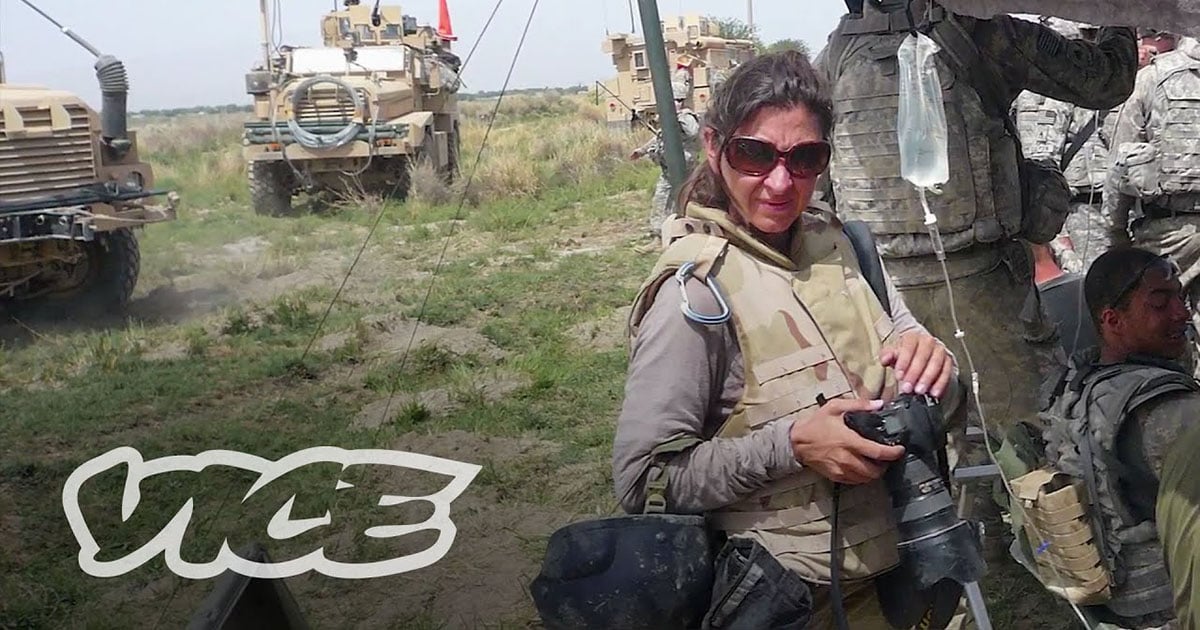
A Chat with War Photographer Lynsey Addario
A Chat with War Photographer Lynsey Addario Lynsey Addario is an American photojournalist who’s well known for her work on the front lines of conflict and human rights issues. In this 8-minute video via PetaPixel: https://petapixel.com/2019/11/22/a-chat-with-war-photographer-lynsey-addario/?utm_source=feedburner&utm_medium=feed&utm_campaign=Feed%3A+PetaPixel+%28PetaPixel%29 Lynsey Addario is an American photojournalist who’s well known for her work on the front lines of conflict and…
-
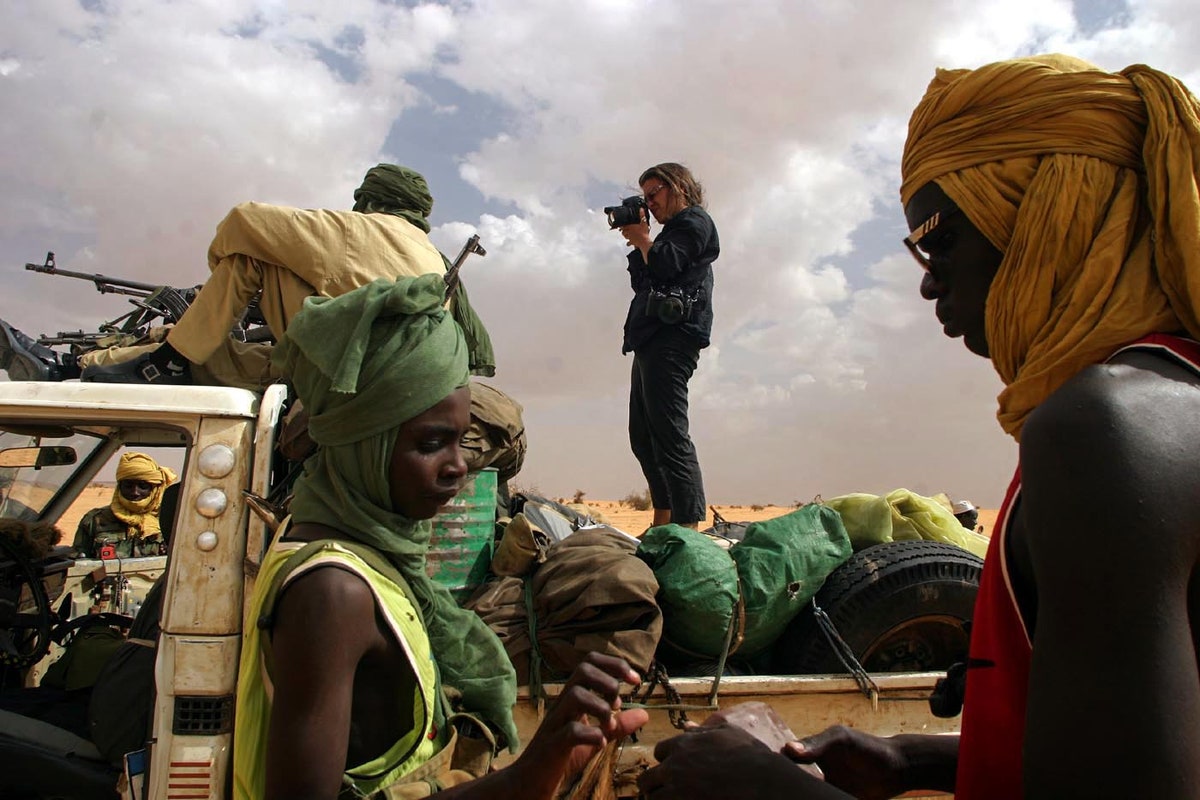
Photographer Lynsey Addario on the Importance of Telling Women’s Stories – Condé Nast Traveler
Photographer Lynsey Addario on the Importance of Telling Women’s Stories In a new interview series, we talk to the nine extraordinary women who make up our Women Who Travel advisory board. via Condé Nast Traveler: https://www.cntraveler.com/story/photographer-lynsey-addario-on-the-importance-of-telling-womens-stories In a new interview series, we talk to the nine extraordinary women who make up our Women Who Travel…
-
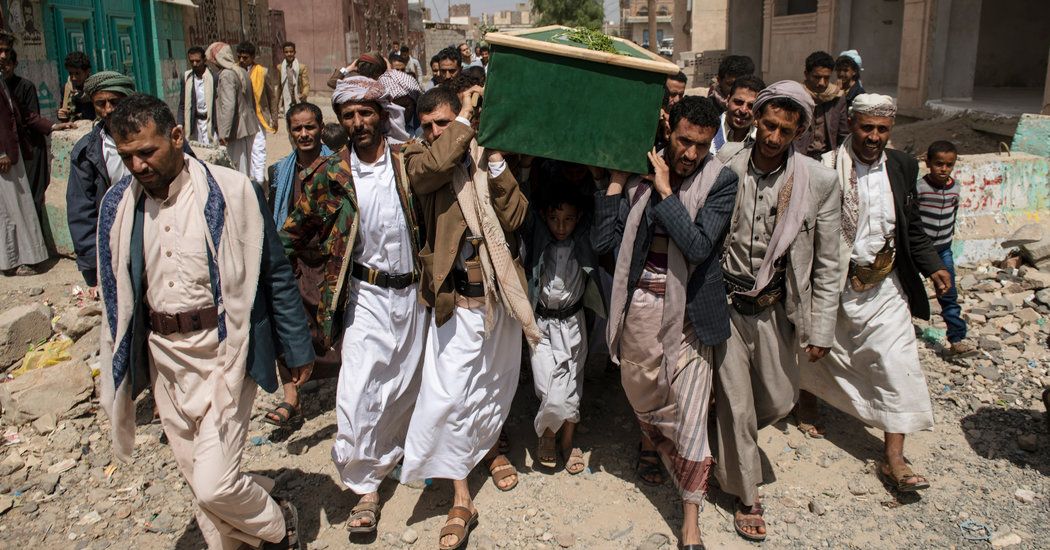
Behind the Reporting: How the War in Yemen Became a Bloody Stalemate – The New York Times
Behind the Reporting: How the War in Yemen Became a Bloody Stalemate Robert F. Worth writes about the local networks that helped him and Lynsey Addario safely report on the war in Yemen. Link: https://www.nytimes.com/2018/11/02/magazine/reporting-war-yemen-newsletter.html?partner=rss&emc=rss Robert F. Worth writes about the local networks that helped him and Lynsey Addario safely report on the war in…
-
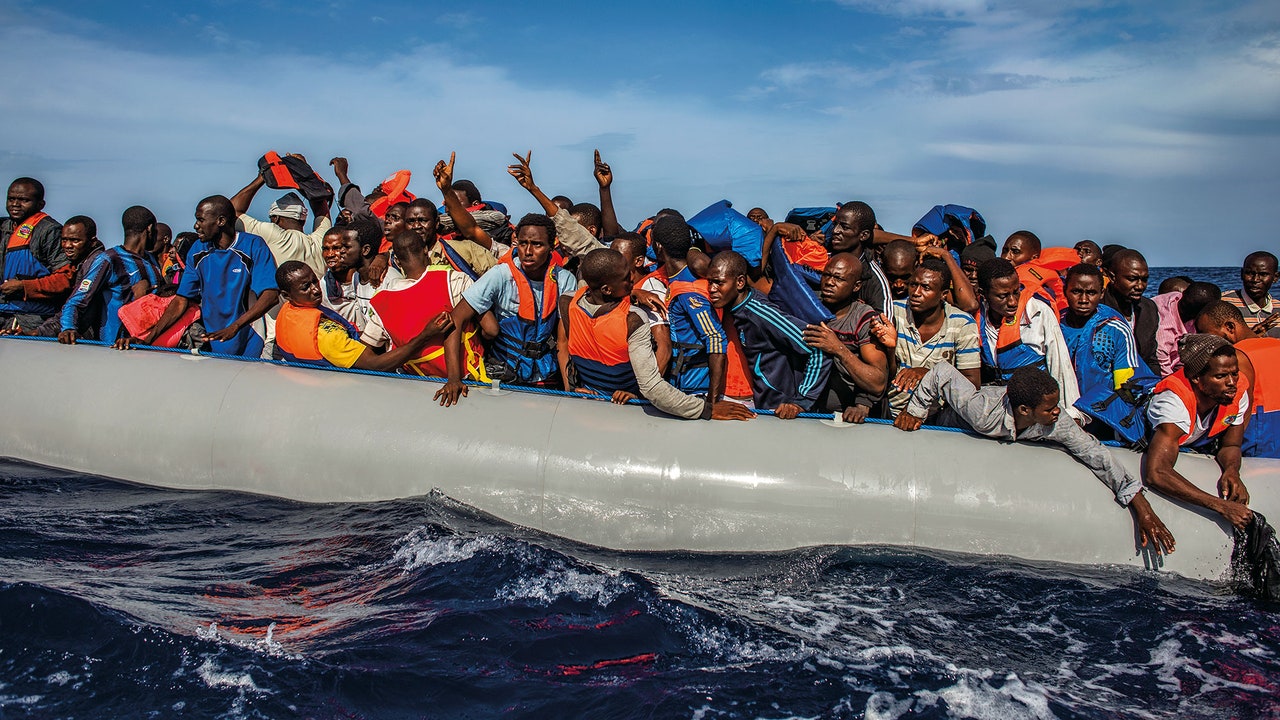
Lynsey Addario Is More Than a War Photographer | Vanity Fair
Lynsey Addario Is More Than a War Photographer In her first published collection of photographs, Of Love and War, photojournalist Lynsey Addario looks past her subjects’ impossible circumstances to show beauty and their humanity. via Vanity Fair: https://www.vanityfair.com/style/2018/10/lynsey-addario-of-love-and-war-interview In her first published collection of photographs, Of Love and War, photojournalist Lynsey Addario looks past her…
-
Why Photographer Lynsey Addario Set Out to Break Muslim Stereotypes
Why This Photographer Set Out to Break Muslim Stereotypes Lynsey Addario talks about her experience working within these communities across the U.S. during a years-long reporting project. via Photography: https://www.nationalgeographic.com/photography/proof/2018/04/muslims-in-america-lynsey-addario-interview/ Lynsey Addario talks about her experience working within these communities across the U.S. during a years-long reporting project.
-
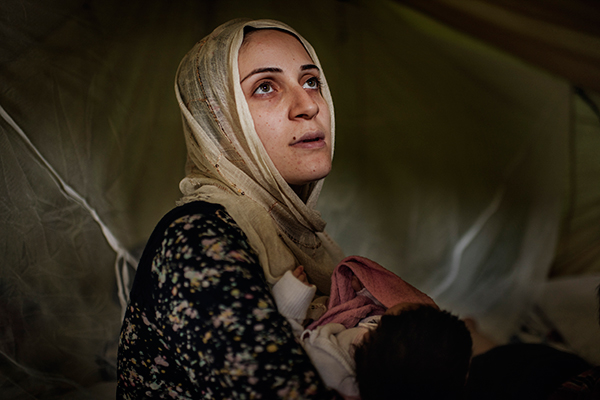
The Fearless Lynsey Addario
The Fearless Lynsey Addario Katie Couric interviews the lauded photojournalist about her adventures abroad and her challenges at home. via Aperture Foundation NY: https://aperture.org/blog/fearless-lynsey-addario/ Katie Couric interviews the lauded photojournalist about her adventures abroad and her challenges at home.
-
Witnessing the Rohingya’s Invisible Genocide | TIME
Witnessing the Rohingya’s Invisible Genocide Lynsey Addario photographed the plight of Burma’s Rohingya via Time: http://time.com/4600008/rohingya-lynsey-addario/ Lynsey Addario photographed the plight of Burma’s Rohingya
-
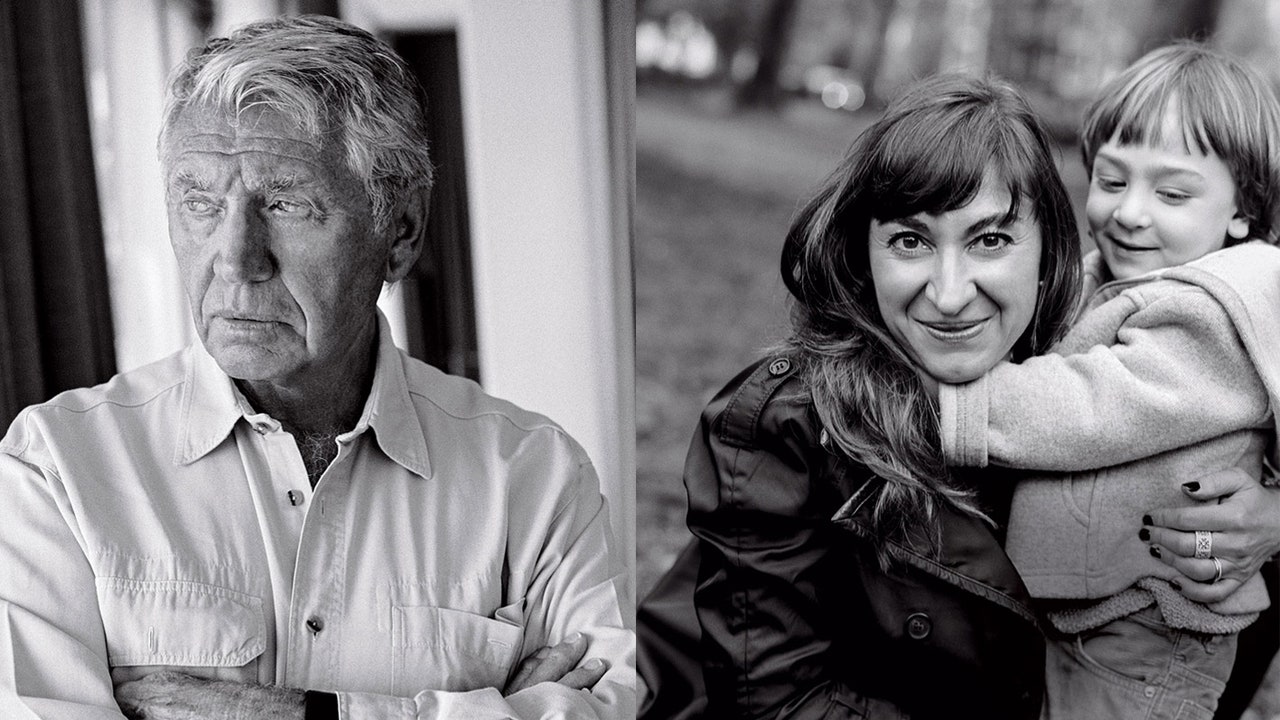
Why War Photographers Are More Important than Ever | Vanity Fair
Why War Photographers Are More Important than Ever Sebastian Junger explains why the work of David Douglas Duncan, Don McCullin, James Nachtwey, and Lynsey Addario is more essential than ever before. via Vanity Fair: http://www.vanityfair.com/culture/2016/05/war-photographers Sebastian Junger explains why the work of David Douglas Duncan, Don McCullin, James Nachtwey, and Lynsey Addario is more essential…
-
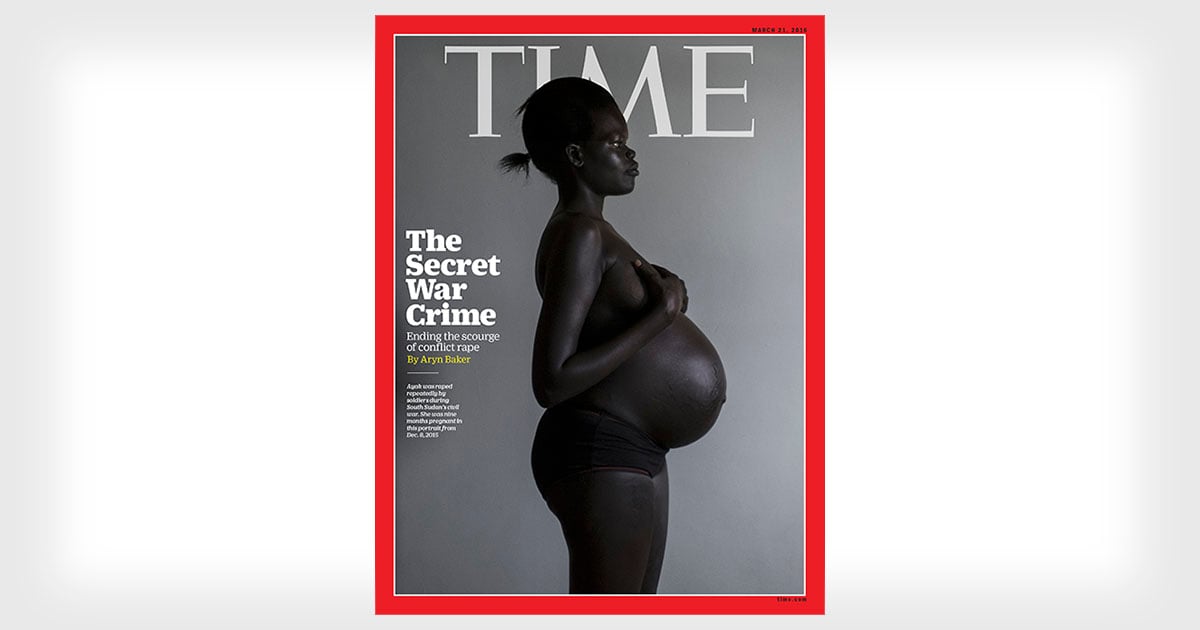
TIME Rape Victim Cover Photo Slammed as ‘Exploitive’
TIME Rape Victim Cover Photo Slammed as ‘Exploitative’ TIME’s latest international issue features a portrait of a rape victim of the civil war in South Sudan. The magazine’s choice of photo is sparking an via PetaPixel: http://petapixel.com/2016/03/17/time-rape-victim-cover-photo-slammed-exploitive/ Photographed by renowned war photographer Lynsey Addario, who was herself a victim of wartime sexual assault after being…
-
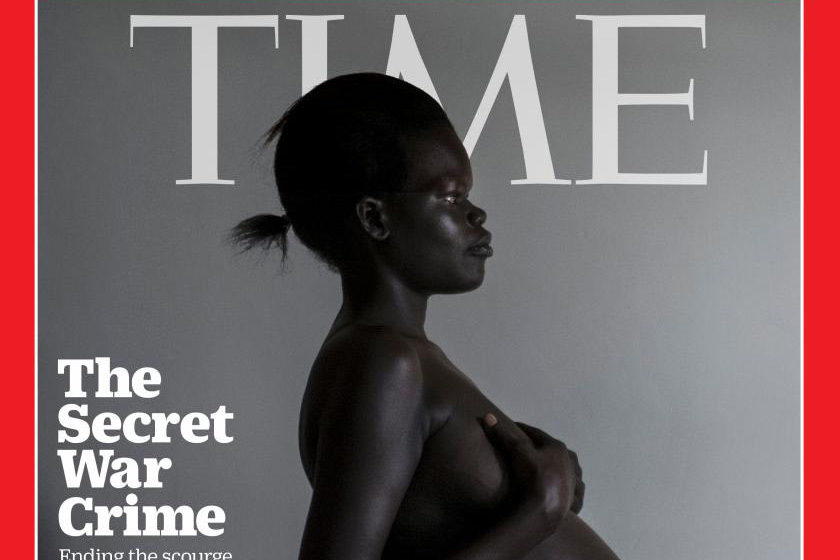
Unforeseen Consequences – Disphotic
Unforeseen Consequences Writing about photography, and in particular writing in detail about individual photographs, it’s sometimes easy to feel that you might be over reading an image, and perhaps reading things into it … via Disphotic: http://www.disphotic.com/unforeseen-consequences/ discussing an online backlash directed against a cover for Time Magazine photographed by Lynsey Addario
-
The Secret War Crime: How Do You Ask Women to Relive Their Worst Nightmares | TIME
How Do You Ask Women to Relive Their Worst Nightmares TIME’s Aryn Baker discusses the difficulties of reporting on rape via Time: http://time.com/4211877/secret-war-crime-rape/ Photographer Lynsey Addario and TIME’s Aryn Baker discuss the difficulties of reporting on rape
-
Getty Images at Visa pour l’Image 2015 – The Eye of Photography
Getty Images at Visa pour l’Image 2015 Five international photographers from Getty Images are currently exhibited in part of Festival Visa pour l’image until to September 13th 2015 : Lynsey Addario (Syrian Refugees in the Middle East), Daniel Berehulak (The Ebola Epidemic for The New York Times), Alejandro Cegarra (Living with the Legacy of Hugo…
-
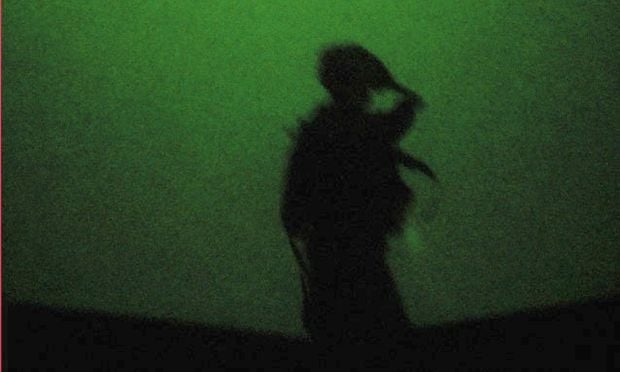
NPR’s Radiolab Explores the Subject of Graphic War Photographs
NPR’s Radiolab Explores the Subject of Graphic War Photographs NPR’s Radiolab recorded this 30-minute podcast episode titled “Sight Unseen” that explores current issues in conflict photography. We hear war via PetaPixel: http://petapixel.com/2015/04/29/nprs-radiolab-explores-the-subject-of-graphic-war-photographs/ NPR’s Radiolab recorded this 30-minute podcast episode titled “Sight Unseen” that explores current issues in conflict photography. We hear war photographer Lynsey Addario…
-
Steven Spielberg to direct Jennifer Lawrence in war photographer biopic | Film | The Guardian
Steven Spielberg to direct Jennifer Lawrence in war photographer biopic After a bidding war involving the likes of George Clooney, Reese Witherspoon and Darren Aronofsky, Warner Bros has secured the film rights to Lynsey Addario’s war memoir It’s What I Do via the Guardian: http://www.theguardian.com/film/2015/mar/03/steven-spielberg-jennifer-lawrence-war-photographer-lynsey-addario-its-what-i-do After a bidding war involving the likes of George Clooney,…
-
It’s What I Do: Powerful Lynsey Addario Memoir Excerpt on Censorship | American Photo
It’s What I Do: Powerful Lynsey Addario Memoir Excerpt on Censorship How the inspiring photojournalist responded when one of her photos was pulled from the cover of the New York Times Magazine for questions of authenticity.
-
Meet the Photographer Who Found How to Balance a Life of Love and War | TIME
Meet the Photographer Who Found How to Balance a Life of Love and War “I can’t imagine not dedicating my life to trying to stop those things from happening,” says photojournalist Lynsey Addario via Time: http://time.com/3699030/lynsey-addario-war-photographer/ “I would never think of myself as a role model,” says Lynsey Addario. The 41-year-old, twice-kidnapped, mother-of-one, award-winning photojournalist…
-
War’s Eyewitness: A Conversation with Photojournalist Lynsey Addario – MensJournal.com
War’s Eyewitness: A Conversation with Photojournalist Lynsey Addario In 20 years covering the world’s most desperate places, Lynsey Addario has been kidnapped, assaulted, and many times moved to tears. Her new book, ‘It’s What I Do,’ tells her story.
-
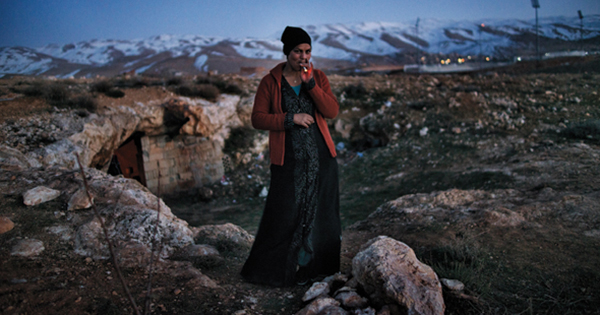
Why it pays to work the fringes : Columbia Journalism Review
Why it pays to work the fringes Photojournalist Lynsey Addario’s intimate account of via Columbia Journalism Review: http://www.cjr.org/review/lynsey_addario_syria.php t’s What I Do is a story of guts, professional ambition, and personal growth that will be familiar to a generation of journalists who came of age on the battlefields of America’s war on terror after the…
-

Lynsey Addario joins Reportage by Getty Images – LightBox
LightBox | Time Read the latest stories about LightBox on Time via Time: http://lightbox.time.com/2014/06/18/lynsey-addario-joins-reportage-by-getty-images/#1 “The possibility to mobilize the international community to act on human suffering is what drives me every day as a photojournalist,” says Addario. “Reportage by Getty Images shows a passion and commitment to this profession, to enabling and promoting our job…
-
Lynsey Addario on Leaving the Comfort Zone
Link: Lynsey Addario on Leaving the Comfort Zone | PROOF Lynsey Addario has seen her work affect foreign policy and has expressed the hope that her photographs make people stop whatever they’re doing, just for a moment, and think
